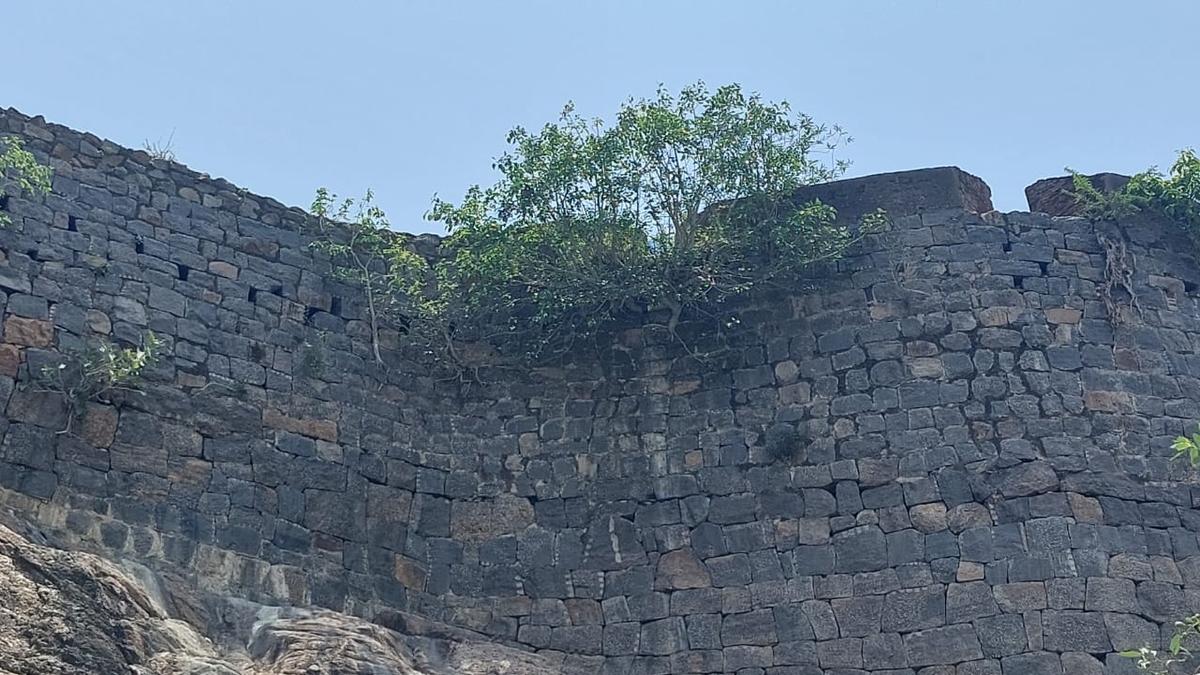
Growth of plants on walls of Perambalur’s Ranjankudikottai raises concern
The Hindu
Concerns raised over greenery growth on 17th century fortress walls near Perambalur, prompting calls for maintenance and promotion.
Heritage enthusiasts have expressed concern over the lush growth of greenery on the walls of Ranjankudikottai, a 17th century fortress near Perambalur.
The fort, oblong in shape with semicircular bastions and a moat encircling it, is maintained by the Archaeological Survey of India (ASI). There are three fortifications at different levels, built with cut stone blocks.
Believed to have been constructed by a Jagirdar of the Nawab of Carnatic during the 17th century, the fort was the site of a Battle of Valikondah between the English and the French in 1751, says the official website of Perambalur district.
In 1752, the fort was also the scene of surrender of French troops under D’Auteuil, which was sent to relieve the garrison at Srirangam. When D’Auteuil retreated to Ranjankudi, the Jagirdar took the side of the British and denied entry to the French troops to the upper level of the fort. D’Auteuil surrendered in the fort.
“Lush growth of greenery could be seen at several places along the upper fort walls, especially on its southern and western sides. There are a few well grown trees too. As their roots penetrate through the walls built of brick and mortar, cracks can develop on the walls and damage them,” observed Ramesh Karuppaiah, a heritage enthusiast of Perambalur, calling for periodic cleaning and proper maintenance of the historic structure.
The fort had already sustained some damage earlier. In 2021, the upper fort wall on the south east corner of fort had suffered damages when several stones were dislodged during the monsoon rains. The ASI had subsequently carried out repairs.
Although the repairs have been completed, the growth of weeds and trees on the structure pose a threat to it, said Mr. Karppaiah.











